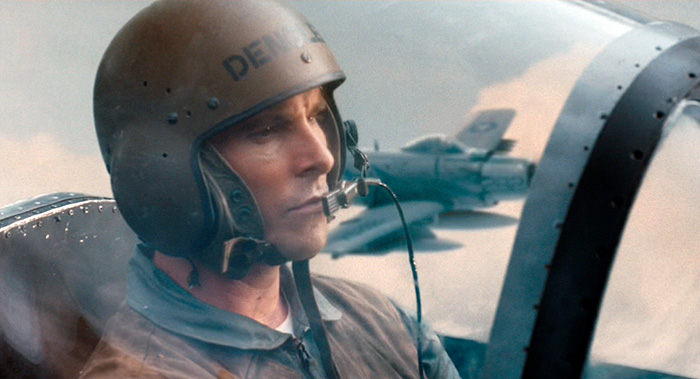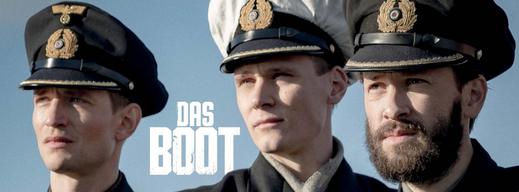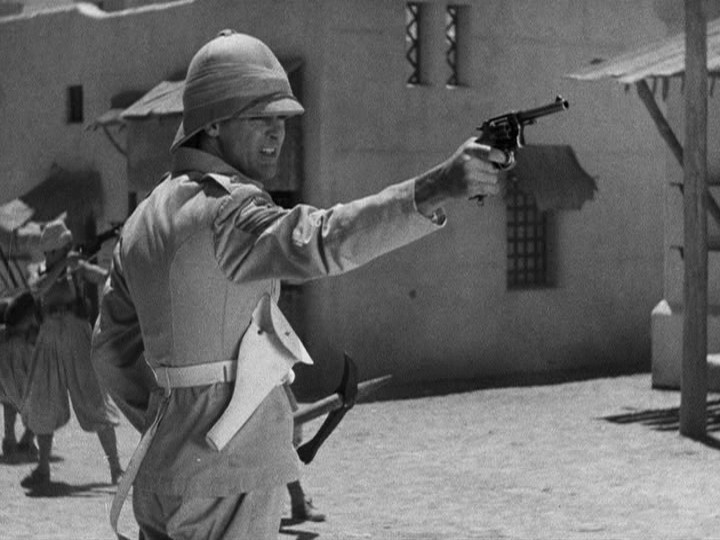It
is the anniversary of the fall of the Alamo in 1836. The best movie on the subject is 2004’s “The
Alamo”. It was originally supposed to be
a Ron Howard project starring Russell Crowe, but Howard insisted on a budget
that was deemed too high. He and Crowe
dropped out and John Lee Hancock was chosen to direct. Dennis Quaid replaced Crowe. Hancock brought the film in at $107 million ($88,000
under his budget). The movie was filmed
mostly on a ranch near Austin. It was
the largest set ever build in North America up until that time. It took a month to film the last battle. The movie marked the debut of Patrick
Wilson. Billy Bob Thornton considers the
experience to have been one of his favorites.
He learned to play the fiddle for his role.
The
movie opens with the claim that, although a mission, the Alamo had been used as
a fort over time to defend against “marauding Indians, rebels, and a succession
of conquering armies.” A bit of a stretch
and unnecessary for one of the most famous buildings in American History. Unlike the more famous 1964 version, this
movie uses Sam Houston (Quaid) as the connecting arc. He recruits Davy Crockett (Thornton) for Texas
independence. William Travis (Wilson) abandons
his family to join. When he arrives at
the Alamo, he butts heads with Jim Bowie (Jason Patric). They hate each other, but agree to share
command. Meanwhile, the pompous Santa
Anna is marching north with an army to put down the rebellion. When he arrives, the Mexican dictator raises
a flag signaling no prisoners and has his band play “De Guello” to aurally back
up his no quarter policy. The siege
begins with artillery bombardment and culminates with the grand assault you
paid admission for. One month of
shooting for several minutes of combat porn, time well spent. Unlike the original, this one gives us a happy
ending with the Battle of San Jacinto. You
don’t need a spoiler alert for the outcome of the Alamo, but I won’t tell you what
happens when Sam Houston faces Santa Anna.
“The
Alamo” was a big box office bomb, but probably deserved better. It will definitely be remembered less fondly
than the John Wayne version. The 1964
movie was more a reenactment of the legend, which is what most people (especially
the target audience of Texans wanted).
This version, being the version for the 21st Century, has
more fidelity to the truth. The acting
is more true to the characters, but this means the trio of Travis, Bowie, and
Crockett have less charisma than the Harvey, Whitmark, and Wayne
characters. In this movie, Travis is
realistically a jerk. Bowie is dying
from consumption and tortured by the loss of his wife. Crockett is the celebrity who has to live up to
his legend. He’s more morose than macho. Wilson, Patric, and Thornton give constrained,
effective performances. They leave the
scene-chewing to Quaid.
The big budget
may have been a financial mistake, but it shows on screen. The set is
outstanding, including the local town. It is a more accurate recreation than in
the original movie. The pageantry is impressive with a large number of extras
(although the Mexicans are a bit too well-fed). No CGIs soldiers for the big
battle. The movie is much more balanced than the original when it comes to giving
the Mexican side. It depicts the command decisions, which highlight the
overconfidence of Santa Anna. His
soldiers are shown in a sympathetic light.
Travis’ and Bowie’s slaves are prominent with one of them taking the
opportunity to evacuate and the other staying with his master. In a nod to sexism, the one major female
character (Susanna Dickinson) was left mostly on the cutting room floor. The movie underwent substantial cuts to pare
it down to around two hours. Clearly,
the siege needed more time.
The 2004 version’s big
advantage is in accuracy. It is not perfect, but it definitely is closer to the
truth. It is obvious the screenwriters consciously tried to avoid the myth. The
climactic battle is outstanding. It is one of the best I have seen. It’s a
shame few people have seen it. Any
teacher covering the siege would do well to show just that part in class. The
fact that the assault takes place pre-dawn shows that often the best
entertainment comes from sticking to the historical facts. I believe it also
shows that modern movies have an advantage in technology. Wayne probably could
not have shot the battle effectively in darkness. (However, there is not
a chance in Hell that he would have eschewed daylight anyway.) The deaths of
the big three are laudably accurate with Crockett being executed as the sole
survivor. Crockett’s death may come as a
surprise, but there is evidence that he was taken captive and executed
(although not by himself.)
2004 is not as
entertaining as 1964. The attempts to balance the dry historical facts with
Hollywood moments come across as hokum. For instance, Crockett accompanies the
Mexican band playing “De Guello” on his fiddle which awes the Mexicans into not
bombarding them that night. Wait, what? Also, let’s face it. Billy Bob Thornton
is not John Wayne and Jason Patric is no Richard Widmark. As a history lesson it
is worth the watch and it does not try to replicate the vibe of the
original. It carves its own path and
would not be a bad watch on a day like this.
GRADE = B-





